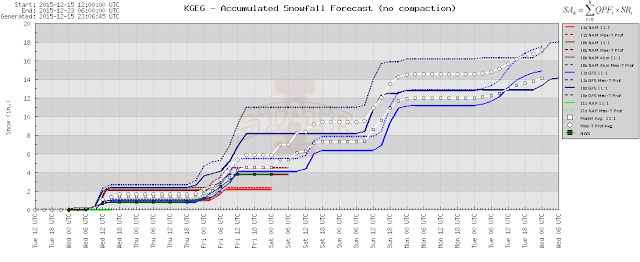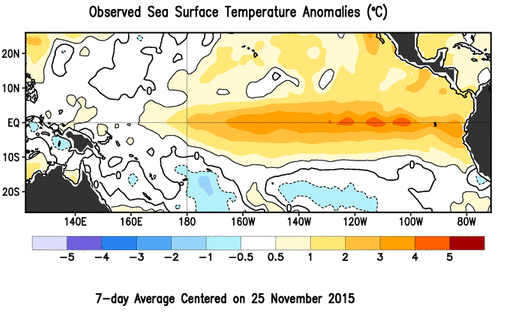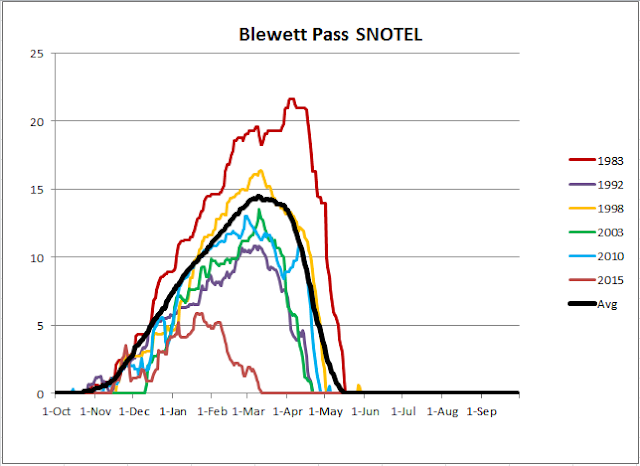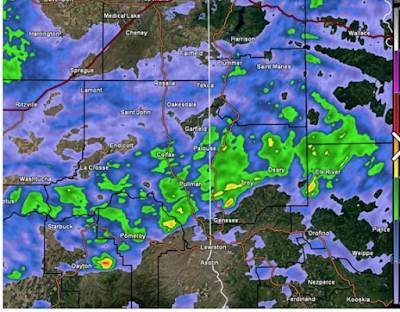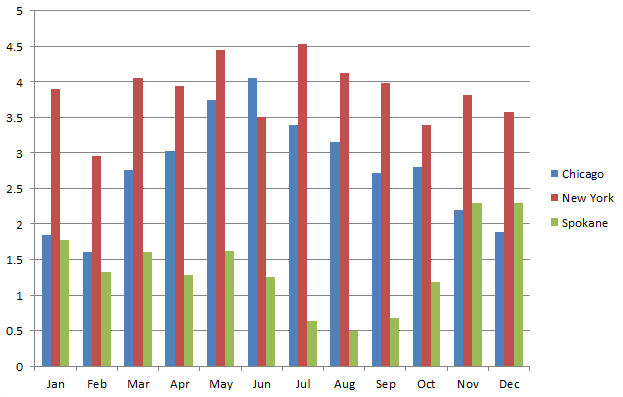Our current forecast favor the band of heavy snow to set up over the Wenatchee area extending east along the Highway 2 corridor into Spokane, Coeur D'Alene and the Central Panhandle Mountains. Here is a look at our latest forecast for snow amounts Monday into Tuesday.
A slight shift north in the storm track could give places like Omak, Republic, Colville, and Bonners Ferry more snow compared to what the current graphic shows. Meanwhile a further north track could give less snow to Moses Lake, Ritzville, and Pullman. People in these areas should keep a close eye on the forecast. Let's take a look at what the models are showing for this storm so you can see what we are talking about.
Here is a look at what the 18z GFS model from today is projecting for Monday. Note the position of the low as the day progresses. The image is moisture and the bright green areas represent a high amount of relative humidity which often leads to precipitation in form of rain or snow. Areas on the south side of the low track will be prone to milder air and windy conditions with highly reduced snow amounts (if any for the valleys). Locations on the north side of the low track will be colder with snow. Thus narrowing down this track will be critical for snow totals with this storm.
Now there one alternate scenario that is possible. The graphic below represents the two possible storm tracks for this storm. The scenario above represents scenario one which is the preferred solution. However another model (ECMWF) tracks the low further north placing the band of heaviest snowfall further north.
Please keep updated with latest forecasts with this dynamic weather system.


















